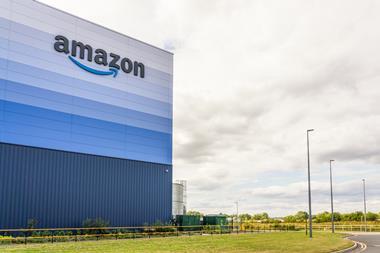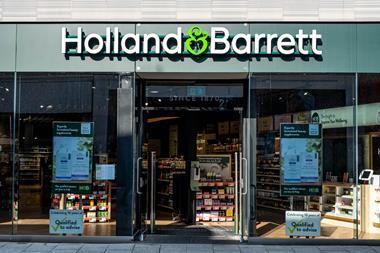Ensuring return on investment is crucial when it comes to making improvements that boost profits. Maze’s Mark Rice examines the three areas that can make all the difference
Retailers have had it rough for the past couple of years and the path ahead doesn’t look much smoother.
According to a recent PWC survey, 30% of consumers are planning to spend less on Christmas shopping this year due to the cost-of-living crisis. So what should brands do to stay afloat in these challenging conditions?
The more successful retailers put their money on better in-store experiences. It’s hard enough to entice consumers to make the effort to visit shops, so why waste their visit by providing them with a lacklustre or downright unpleasant experience when they get there? And yet this happens, time and again, across sectors, regions and brands.
It’s not that retailers don’t invest in better experiences. They do. But how much of the money invested in improving store operations can be justified in terms of its impact on the bottom line?
In this era of tight profits and inflated costs, return on investment is the battlefield that separates retail leaders from laggards.
At Maze, we focus on three key areas that help connect in-store improvements with actual financial returns.
1. Collect the right data
Data is at the core of ROI calculations. You need feedback from customers, insights from employees, sales figures from all your stores. The chances are, you don’t lack data. No one does in this digital age. But collecting and correlating the right data, now that’s a challenge for every brand.
Top tip: Focus on what really matters. An app like Maze enables each store to ask specific questions that lead to action, not just insights. Make sure you get the data your employees need to serve customers better so they come back and buy more.
2. Focus on the right activities
It can be overwhelming for frontline staff to ‘do right by the customer’, day after day. Giving them overall insights about what customers think and feel can also be confusing. So how can brands make sure their employees know exactly what to do to improve experiences that drive growth?
Top tip: Empower your frontline staff to do what’s right. Allowing staff to access relevant and timely training tips based on feedback about their specific store can really help provide workers with the tools to boost sales.
3. Ensure continuous improvement
Most brands have customer journey training and methodologies for store staff. But even though head office might think these processes are followed by the frontline day in, day out, they seldom are. This leaves room for huge potential and the ability to sell more, take market share and improve profits.
Top tip: Benchmark metrics that store staff can influence. Allow store staff to clearly see how well they’re doing and benchmark, then gamify, their improvements with other stores in the portfolio. This ensures long-term sustainable growth vs a short-term spike.
You need to set up yourself up for success when it comes to return on investment, with the right data going to the right people in the right app and at the right time, so they can take the right actions to deliver a great experience.
Customers entering stores will then end up buying more, coming back and referring their friends and family.
These kinds of positive changes can reap rewards. Specsavers, a Maze client, observed that customers:
- Spent £18 more when satisfied with wait times.
- Spent £25 more when they got help choosing frames.
- Were 20% more likely to return if they thought they received good value.
It all adds up, so make sure you can link all your feedback efforts to financial benefits. Because it’s nice to do right by your customers but it’s even better when you can justify the cost to the board. A solid ROI will help secure further investments and fuel profitable growth in the future.
Mark Rice is UK sales manager at Maze Feedback.

Mark is an NPS-certified consultant and has undergone a personal journey to help businesses better serve customers. Going from complaints to CX, he has moved from the boardroom to the front line in his quest to help businesses realise the full value of every customer interaction.































